MAY 2022. Blues Vol 38 No. 5
- Text
- Wwwbluespdmagcom
- Hiring
- Additional
- Judges
- Vehicles
- Agencies
- Corrections
- Stoppers
- Tango
- Enforcement
- Blues
Referring again to the
Referring again to the Bargersville example, an officer hit a deer and the agency had to replace the headlight, hood, fender, windshield, bumper, camera and door skin. The car was down for 16 days, then back on the street. You will find your EVs are actually in-service more often than your ICE cars. MYTH 6: ELECTRIC VEHICLES ARE UNSAFE Just like the stories about parts for repairs, there are many reports of EV fires. The reality is EVs are far safer than ICE cars. They catch fire less often, especially because they do not carry around a tank of flammable liquid. No one writes about the hundreds of ICE vehicle fires every day, but if an EV catches fire it is international news. Native electric vehicles place their battery packs low in the car under the floorboards. The motors are typically in line with the axles. This places much of the mass low in the car making them more stable and with better handling. This “skateboard” design also creates large crumple zones in the front and rear of the car potentially making an officer much safer in an EV than an ICE vehicle. Bargersville’s Teslas have 5-star safety ratings, and the Model Y completed the full test without skipping the rollover. The battery pack lowers the center of gravity, which helps them resist rollovers; ICE vehicles cannot be designed this way. If you really want to see what a high-performing EV can do, search the internet for the Tesla Model Y moose test video. MYTH 7: ELECTRIC VEHICLES ARE NO CLEANER THAN GAS CARS It is true the carbon footprint to make an EV is higher than an ICE initially, but the moment you turn on an ICE car you pollute and will continue to pollute. This is not true with EVs. You will drive cleaner every day, because the fuel you use keeps getting cleaner. The farther you drive, and especially the more you idle an ICE car, the cleaner the EV option becomes. Our electric grid becomes cleaner all the time making electric transportation an even better choice every year. According to the U.S. Energy Information Administration, most electricity in the U.S. comes from natural gas, which is twice as clean as coal. Coal used to be the biggest electricity generator, but it has declined to 20% and will soon go to zero. Renewable energy from wind, water and solar passed coal in 2020 as a share of energy generation, and it continues to grow. You won’t need to do anything to drive cleaner with an EV, because the grid operators are cleaning up for you. MYTH 8: ELECTRIC VEHICLES CAN’T HANDLE THE AMOUNT AND WEIGHT OF POLICE EQUIPMENT It is true that we jam more equipment into a police car today than we did decades ago. All that equipment and electronics will not use up much power, however. Longrange battery packs have enough power to run a 2,500 square foot house for 24 hours. Additionally, modern electronics are more efficient and LED lighting systems use a fraction of the power of legacy lighting technology. Using Bargersville as an example, the HVAC system in the department’s new Teslas is now a heat pump instead of a heater and air conditioner. This makes them even more efficient and helps them retain more range in cold weather. Lastly, an EV’s skateboard design provides more storage than an ICE vehicle because there is no engine in the front, transmission tunnel through the car, or gas tank in the back. Electronics can be easily tucked away in an EV to make space for the equipment and customization necessary for police work. MYTH 9: ELECTRIC VEHICLES WILL HARM OUR ELECTRIC GRID This is both true and false. Theoretically, if everyone plugged in their EV at the same time during peak times we would overload the electric distribution grid. That is not how most everyone charges their cars, however. Most EV owners charge overnight, but public safety vehicles can’t wait to charge. The Fremont Police Department in Northern California noted this during its pilot EV program (2020 Fremont report). As explained above, a DC fast charger may not be required, but it is nice to have in a pinch, or necessary when using EVs in a shared vehicle fleet. One option is to use your police station’s roof or parking lot to put up solar panels and include a battery connected to the building, then use that big battery to charge your EV batteries quickly. This is called a microgrid. Microgrids also provide redundant and resilient power to your building, make it possible to keep operating even during a disaster (islanding), and if sized properly will eliminate the need to buy fuel for your cars. Your officers will be driving on sunshine. A microgrid based on critical infrastructure, like a police station, and designed to support the EV fleet as well as the station is called a Mission-Critical Microgrid (patent pending). MYTH 10: USED ELECTRIC VE- HICLE BATTERIES WILL POLLUTE THE PLANET Recycling batteries has become a big business in the U.S. Rather than a problem, battery recycling is an opportunity for private enterprises. Since 95% of an EV battery can be recycled, newer and better recycling technology being developed right now will make EVs even cleaner. Technology advancements will make recycling battery packs easier, more efficient and economically beneficial. CONCLUSION EV myths are intended to keep you from considering adding electric vehicles to your fleet. Don’t let them dissuade you. EVs will save you money, improve your fleet and keep your department up to date with vehicle technology. EVs are taking over the automobile market as they double in sales every year while ICE car sales keep going down. Take a new look at your fleet, delineate how you really use your cars every day, test drive some EVs and start planning for the infrastructure you will need to put those EVs into service this year. Your efforts will be worth it. ABOUT THE AUTHORS Michael Benson is co-owner of Command Consulting LLC, a company focusing on municipal electrification. He is a retired public safety professional with 30 years of experience innovating for local and regional governments, improving services and lowering costs. Chief (ret) Benson has a Master’s Degree in Public Administration from Anna Maria College, a Professional Certificate in Energy Innovation and Emerging Technologies from Stanford, and he drives an electric car. Todd Bertram is the police chief for Bargersville, Indiana, where they have been using Tesla Model 3 EV’s as patrol cars since 2019. They save thousands of dollars per car per year. He has 23 years of experience in law enforcement, and as a working chief, he drives an EV on patrol every day. He likes it so much he bought one for his family; they refer to him affectionately as the Tesla Chief. 92 The BLUES POLICE MAGAZINE The BLUES POLICE MAGAZINE 93
- Page 1 and 2:
The BLUES POLICE MAGAZINE 1
- Page 4:
FOUNDED IN 1984 MAY 2022 FEATURES 3
- Page 8:
FROM THE PUBLISHER’S DESK “How
- Page 12:
READERS SPEAK OUT guest commentary
- Page 16:
AROUND THE COUNTRY DPS TO 200 TROOP
- Page 20:
AROUND THE COUNTRY FLORIDA SHERIFF
- Page 24:
AROUND THE COUNTRY SC OFFICER FATAL
- Page 28:
AROUND THE COUNTRY DWI NEARLY KILLS
- Page 32:
AROUND THE COUNTRY Expand your radi
- Page 36:
AROUND THE COUNTRY C&G WHOLESALE We
- Page 40: Customized Security Solutions Gover
- Page 44: Harris County Paid 5,000 on the
- Page 48: ALEXANDRA “ALEX” DEL MORAL MEAL
- Page 52: ALEXANDRA “ALEX” DEL MORAL MEAL
- Page 56: REMEMBERING THOSE WE’VE LOST Lost
- Page 60: NATIONAL EVENTS WASHINGTON DC Natio
- Page 64: NATIONAL EVENTS WEDNESDAY, MAY 11,
- Page 68: NATIONAL EVENTS WASHINGTON DC FRIDA
- Page 72: NATIONAL EVENTS SATURDAY, MAY 14, 2
- Page 76: NATIONAL EVENTS SUNDAY, MAY 15, 202
- Page 80: TEXAS EVENTS AUSTIN 80 The BLUES PO
- Page 84: TEXAS EVENTS AUSTIN 84 The BLUES PO
- Page 88: HAPPY ENDING Exactly thirty days af
- Page 94: A BADGE OF HONOR heal ing our heroe
- Page 98: DARYL LOTT daryl’s deliberations
- Page 102: NOT SO BRIGHT AWARD lig ht bul b aw
- Page 106: DR. TINA JAECKLE blue mental health
- Page 110: ADS BACK IN THE DAY 110 The BLUES P
- Page 114: THERE ARE NO WORDS parting shots...
- Page 118: Plano Police Department Get Info Po
- Page 122: 122 The BLUES POLICE MAGAZINE The B
- Page 126: Cuero Police Department DEER PARK P
- Page 130: WE ARE HIRING! BENEFITS • Free ba
- Page 134: Now Hiring OFFICERS TCOLE Certified
- Page 138: 138 The BLUES POLICE MAGAZINE The B
- Page 142:
142 The BLUES POLICE MAGAZINE The B
- Page 146:
NOTABLE QUOTES Santa Rosa County Fl
Inappropriate
Loading...
Mail this publication
Loading...
Embed
Loading...



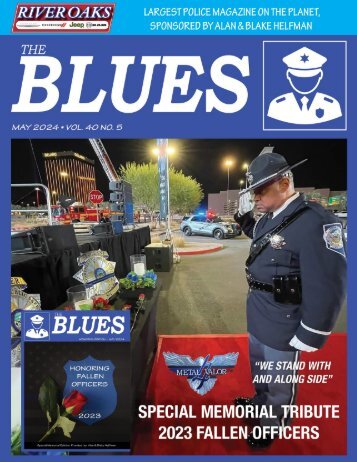




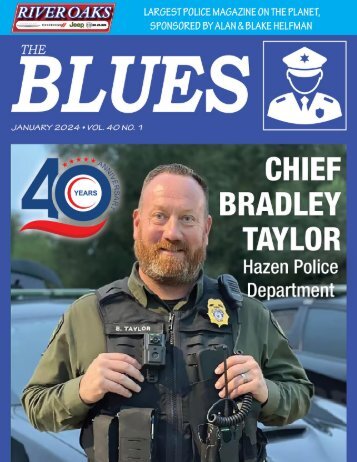
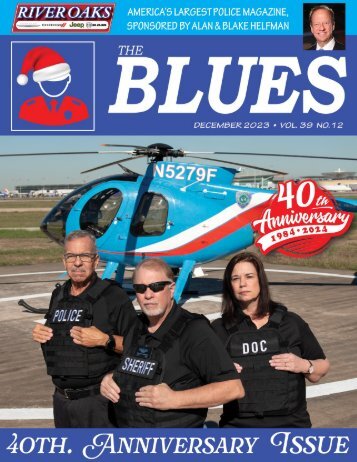
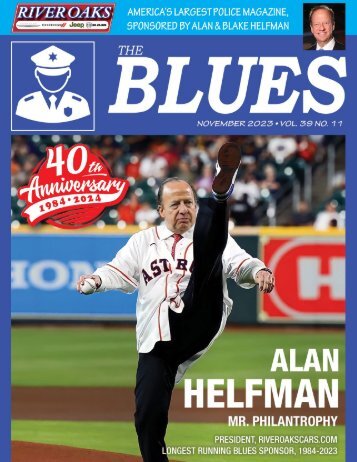


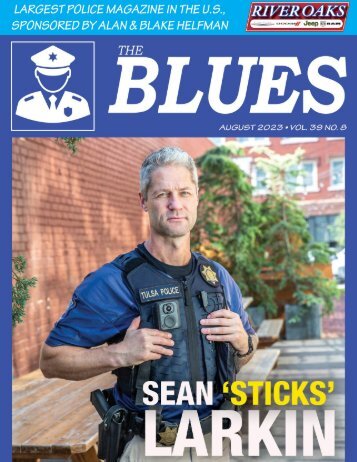
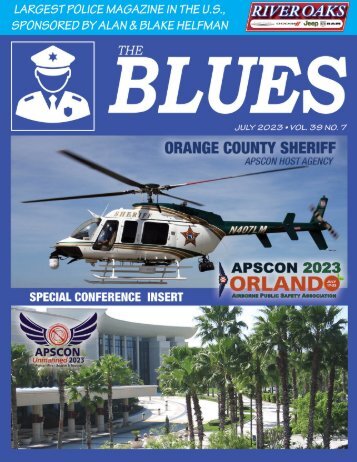
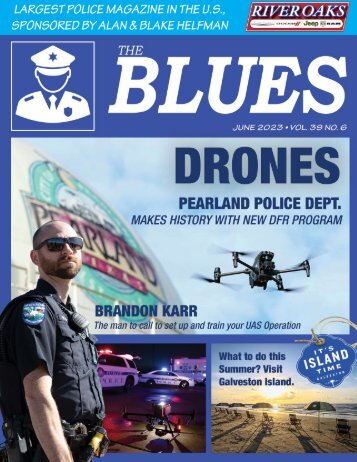
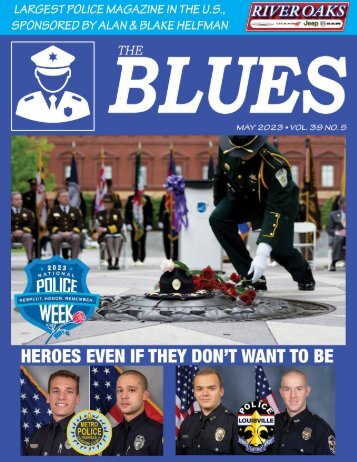
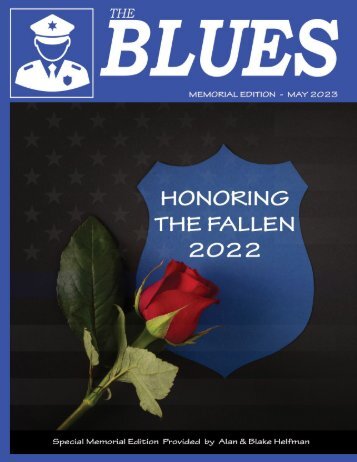
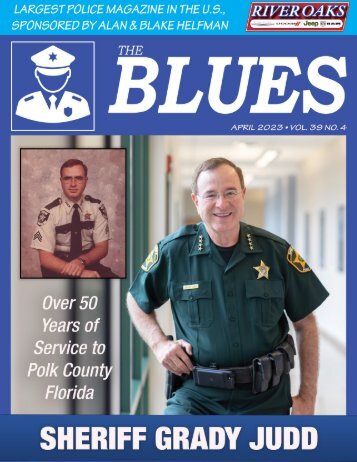
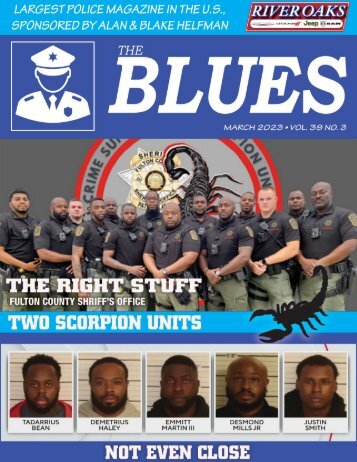

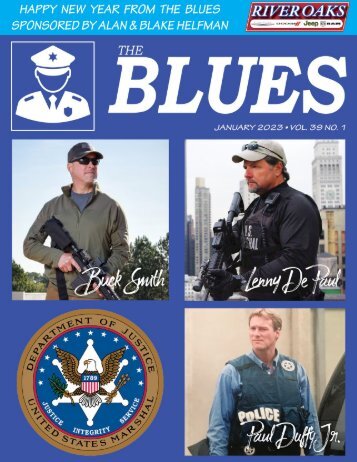

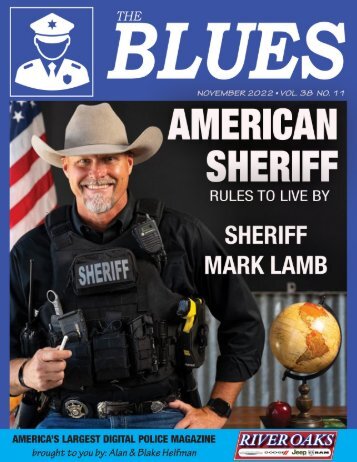
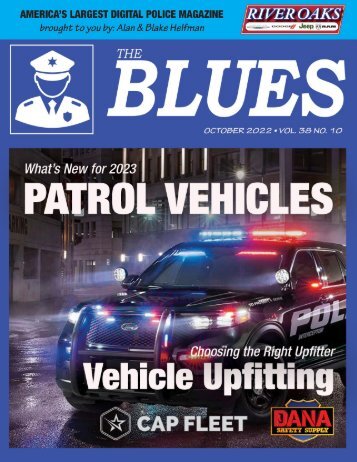
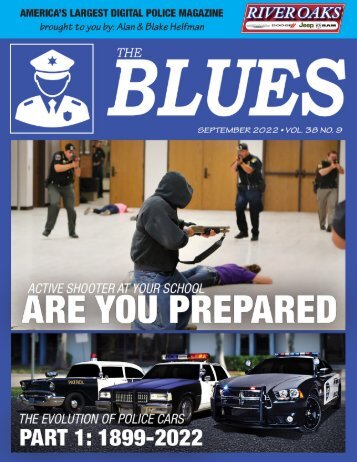
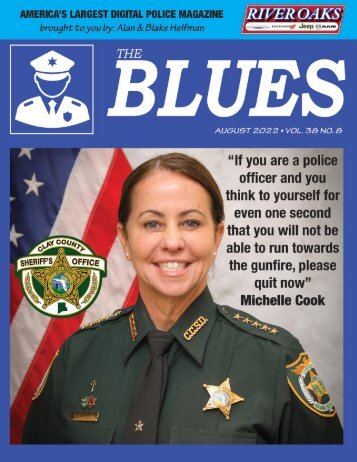

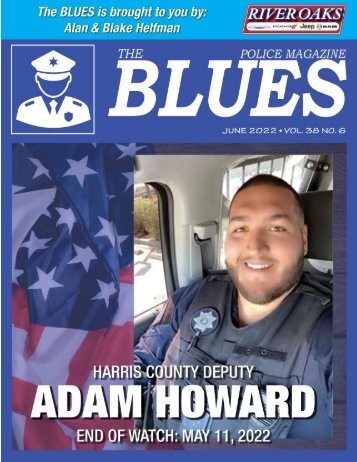

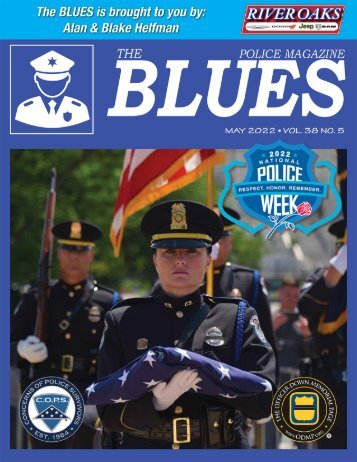
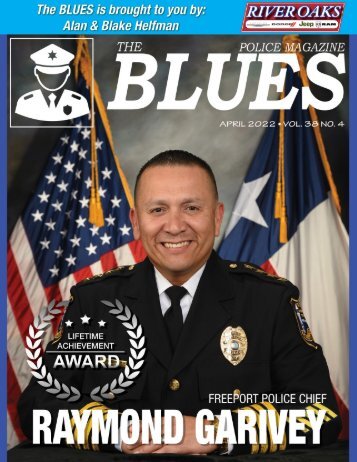

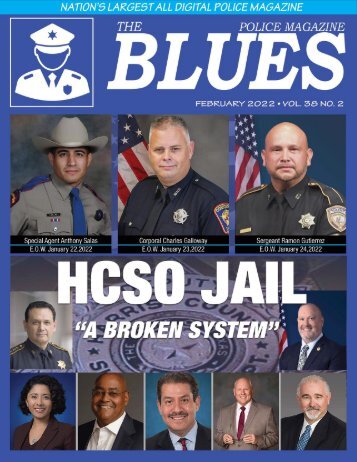








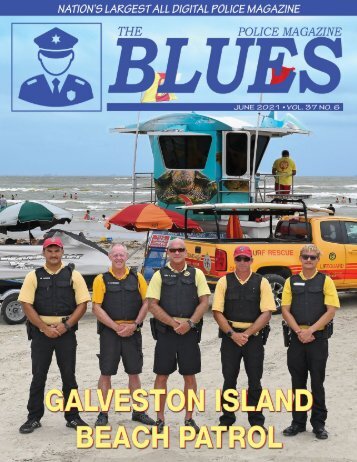



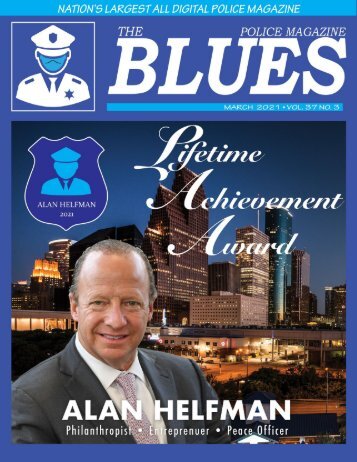
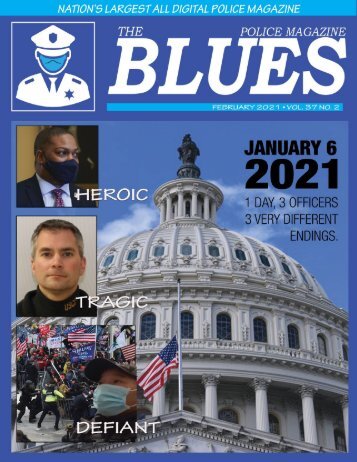

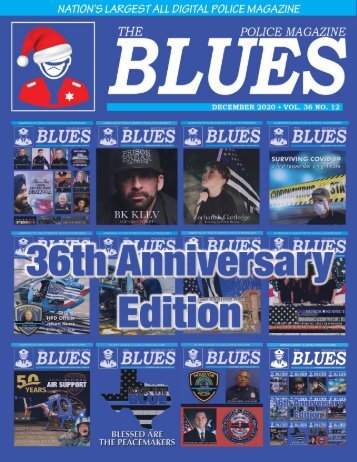
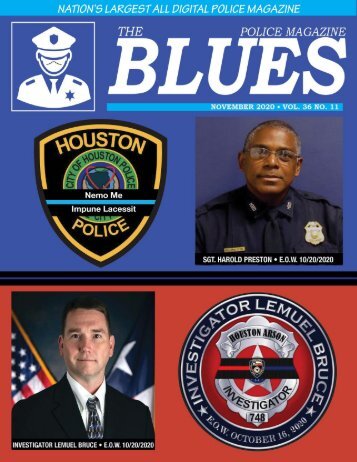



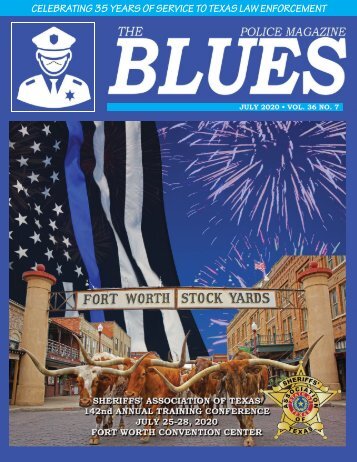
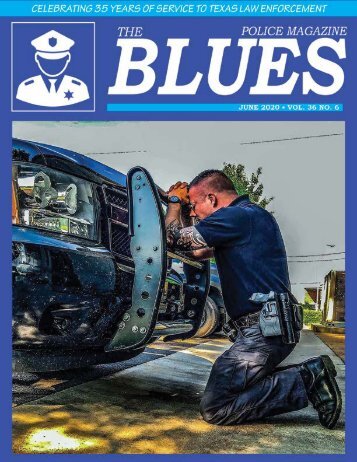
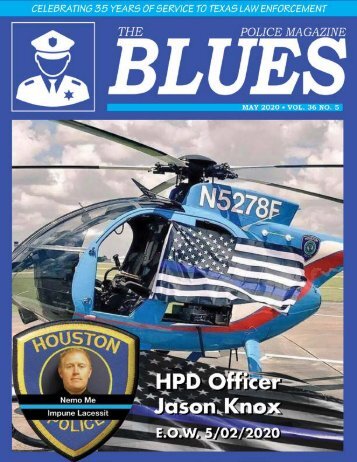
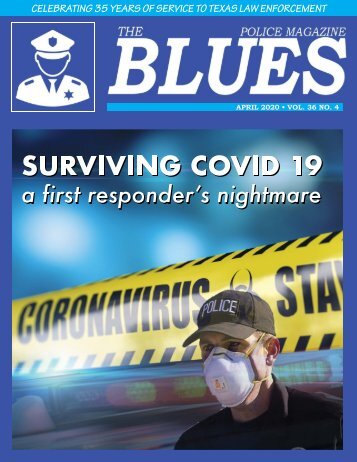



Follow Us
Facebook